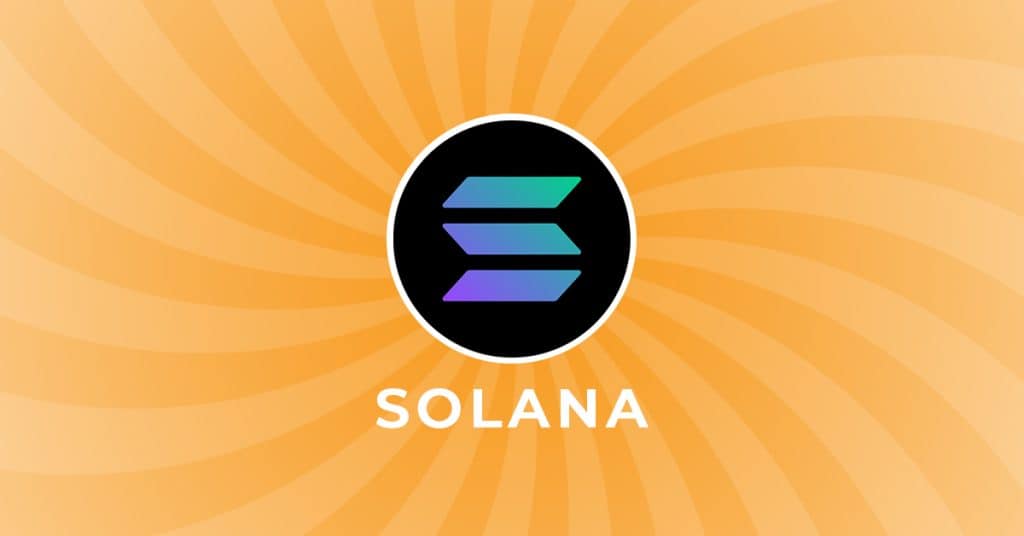- Solana (SOL) rebounds from an 8% dip with a 15% daily gain, trading at $101.69. The Q4 2023 financial report shows a 3.4x growth in income from Q3, 104 billion vote transactions, and doubling of daily active addresses.
- The Total Value Locked (TVL) in Solana increased by $1.16 billion in Q4, and the NFT sector saw over 11.8 million new NFTs minted. Crypto experts predict January 2024 average SOL rate at $99.87, with a potential 12% drop on Jan. 9 followed by a 4-5% rise.
- Despite forecasted short-term volatility, Solana’s robust financial performance and positive predictions from platforms like Changelly suggest a resilient and optimistic outlook for the cryptocurrency.
The crypto world is abuzz with Solana’s latest feats, as the blockchain giant flexes its muscles with an impressive 15% leap in value. Will this trend continue? Let’s delve into the financial figures and forecasts that could shape Solana’s journey in the upcoming week.
Solana’s Q4 2023 Financial Triumph
- Income spiked 3.4 times compared to Q3, and a whopping 4 times year-over-year.
- Vote transactions hit almost 104 billion, with over 9.8 billion non-vote transactions recorded.
- Daily active addresses doubled, signaling a surge in user activity.
- Total Value Locked (TVL) soared by $1.16 billion.
- The NFT sector thrived, with over 11.8 million new NFTs minted.
January 2024 SOL Price Predictions
- Experts predict an average price of $99.87 for SOL in January 2024.
- Minimum and maximum prices are expected to be around $99.08 and $100.66.
Weekly Outlook for Solana
- Anticipated 12% drop on January 9th.
- Changelly forecasts a 4-5% rise in SOL price post-drop.
- Investors are encouraged to keep an eye on SOL’s performance amidst volatility.
With its strong Q4 report and exciting predictions, Solana is proving to be a tough contender in the crypto race. As the market braces for the highs and lows, all eyes are on Sol as it charts its path through the volatile waters of cryptocurrency.
This news is republished from another source. You can check the original article here









